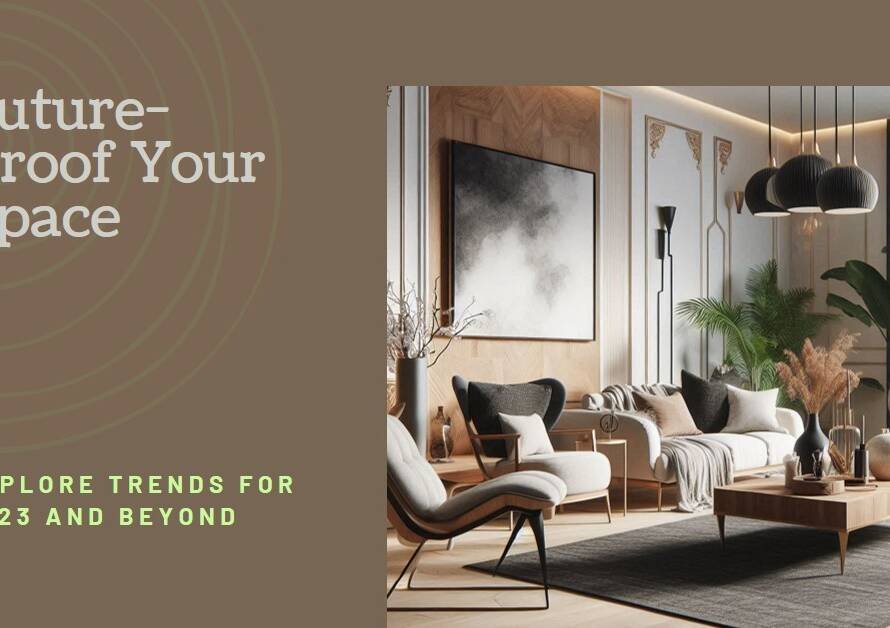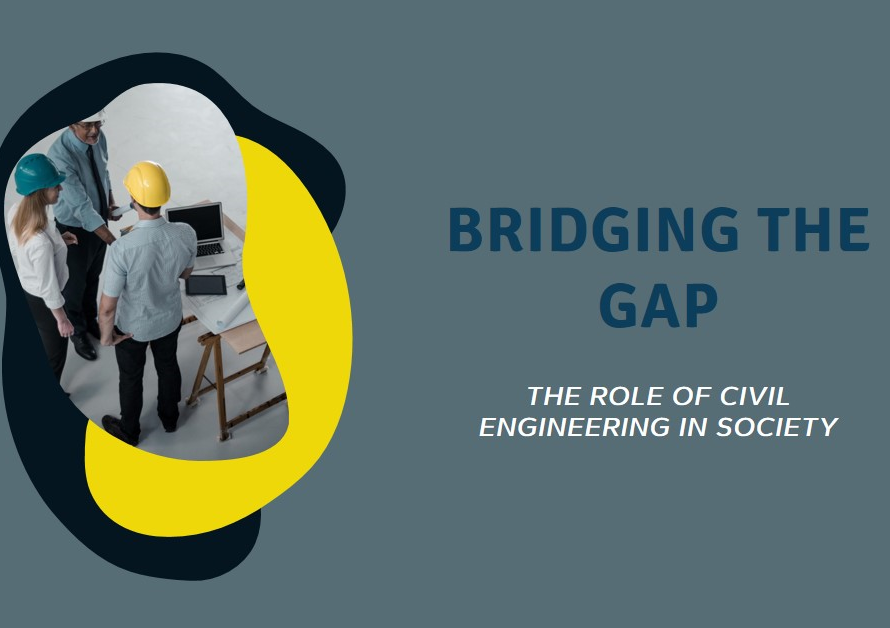
Table of Contents
1. Introduction: Unveiling the Revolution in Interior Design
In the dynamic realm of interior design, the evolution of furniture rendering has sparked a new revolution, reshaping how designers conceptualize, showcase, and communicate their visions. This blog explores the transformative trends and technologies driving this revolution, ushering in an era of unparalleled creativity and realism in furniture visualization.
2. Realism Redefined: Hyper-realistic Renderings
One of the defining aspects of this revolution is the rise of hyper-realistic renderings that blur the lines between digital imagery and photography. Advanced rendering engines coupled with high-fidelity material shaders and lighting simulations allow designers to create furniture renders that are indistinguishable from real photographs. The level of detail, texture accuracy, and lifelike lighting effects achieved in these renders elevate the visual experience, enabling clients and viewers to envision furniture pieces in their intended environments with astonishing realism.
3. Seamless Integration: Augmented Reality (AR) Experiences
Augmented Reality (AR) has emerged as a game-changer in interior design furniture rendering, offering immersive experiences that bridge the gap between virtual and physical spaces. Designers can now showcase furniture pieces within real-world environments using AR applications, allowing clients to visualize how items will look and fit in their homes or commercial spaces before making purchasing decisions. This interactive approach enhances engagement, fosters informed decision-making, and adds a layer of excitement to the design process.
4. Sustainability Focus: Eco-friendly Materials and Designs
The revolution in furniture rendering is not just about aesthetics but also about promoting sustainability and eco-conscious design practices. Rendering technologies enable designers to accurately showcase eco-friendly materials, recycled components, and sustainable design features in furniture pieces. From renewable wood finishes to energy-efficient lighting simulations, these renders highlight the growing emphasis on environmental responsibility within the interior design industry, resonating with eco-conscious clients and stakeholders.
5. Customization Capabilities: Personalized Design Experiences
Advancements in rendering software and workflows empower designers to offer highly personalized design experiences through customizable furniture renders. Clients can now explore various fabric options, color schemes, configurations, and finishes virtually, allowing them to tailor furniture pieces to their preferences and spatial requirements. This level of customization fosters a deeper sense of ownership and satisfaction among clients, leading to enhanced client-designer collaborations and project outcomes.
6. Time and Cost Efficiency: Streamlining Design Processes
The adoption of cutting-edge rendering technologies streamlines the design process, reducing time-to-market and production costs for furniture manufacturers and designers. Rapid prototyping through virtual renders minimizes the need for physical prototypes, accelerates design iterations, and facilitates faster approvals and revisions. This efficiency not only benefits designers and manufacturers but also translates into improved client experiences through timely project delivery and budget optimization.
7. Cross-platform Compatibility: Multi-channel Visualization
The revolution in furniture rendering extends to multi-channel visualization, ensuring compatibility across various platforms and devices. Furniture designs can be seamlessly showcased on websites, mobile apps, social media platforms, and virtual showrooms, catering to diverse audience preferences and digital touchpoints. Cross-platform compatibility enhances brand visibility, accessibility, and engagement, fostering a broader reach and market penetration for furniture design businesses.
8. Collaborative Workflows: Enhancing Design Collaboration
Collaborative workflows supported by cloud-based rendering solutions enable real-time design collaboration among stakeholders, designers, manufacturers, and clients. Virtual design reviews, interactive presentations, and collaborative annotation tools facilitate effective communication, feedback integration, and decision-making throughout the design lifecycle. This collaborative approach fosters transparency, agility, and innovation, leading to cohesive design outcomes and client satisfaction.
9. Design Validation: Accurate Visualization of Functionalities
Beyond aesthetics, modern furniture rendering techniques allow for the accurate visualization of functional aspects such as ergonomics, usability, and space utilization. Designers can simulate furniture functionalities, movement dynamics, and spatial interactions in virtual environments, ensuring that designs not only look good but also meet practical requirements and user expectations. This validation early in the design process minimizes potential issues during manufacturing or installation, enhancing overall project efficiency and quality.
10. Conclusion: Embracing the Future of Furniture Rendering


In conclusion, the ongoing revolution in interior design furniture rendering heralds a future where creativity, technology, and sustainability converge to redefine the way we envision, create, and experience furniture design. By embracing hyper-realistic visuals, immersive AR experiences, sustainable practices, customization capabilities, and collaborative workflows, designers and manufacturers are poised to unlock new dimensions of innovation, customer satisfaction, and market competitiveness in the evolving landscape of interior design.


